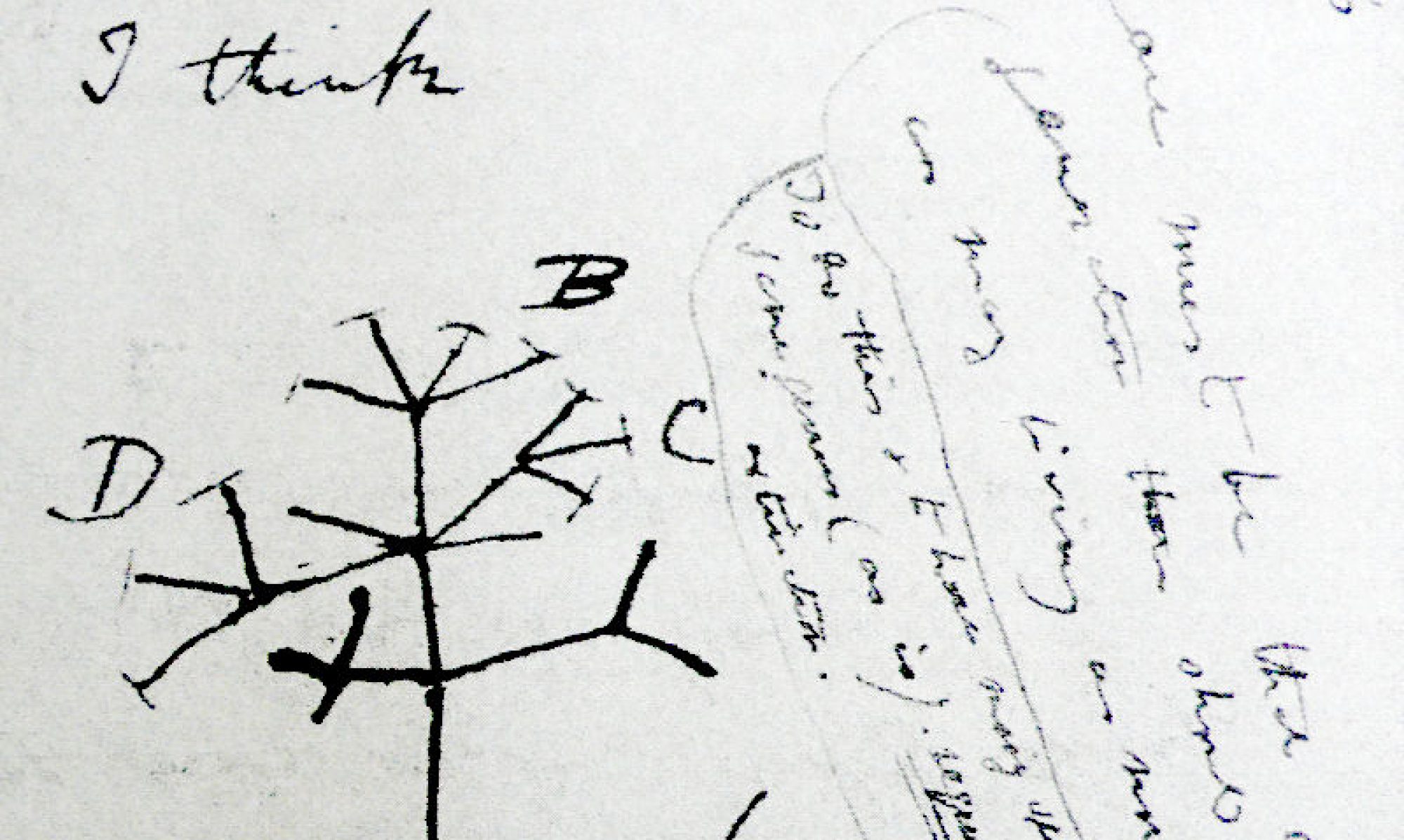By: Jentry Allen, Isabella Caldarone, Jacqueline Foley, and Nicole Godbout (Stonehill College, BIO323: Evolution, Spring 2023)
Overview
Dogs are said to be a man’s best friend as they are wonderful companions and can be trusted like no other pet; they are loyal to a fault. We find comfort in our dogs, maybe even purpose. Some people are willing to put their lives in the hands of dogs, allowing them to be their eyes, tell them if a food contains an allergy that may cost them their life, and inform a person if they are on the brink of an epileptic attack so that they may find a safe space and be prepared. An article from The American Naturalist titled, “High Investment in Reproduction is Associated with Reduced Life Span in Dogs”, discusses research on this ever-reliable friend and pet that shows a pattern in their life span in relation to offspring production. It was found that higher reproductive investment, or the work and energy that goes into reproduction, causes a decrease in canine life span. Additionally, it was discovered that this effect on life span was greater for larger dog breeds. With breeders today who want to breed more and larger puppies, we questioned the possible evolutionary effects of artificial selection, or the act of humans breeding animals to achieve a certain characteristic. If a breeder selects for a larger litter with larger puppies, the reproductive investment will be higher, and in theory, the life span of the mother will be decreased. Hear more about our discussion on this topic on the Everyday Evolution podcast!
